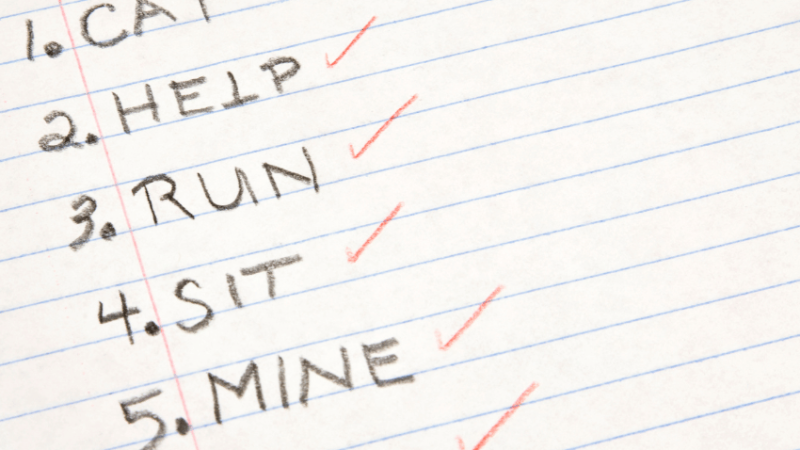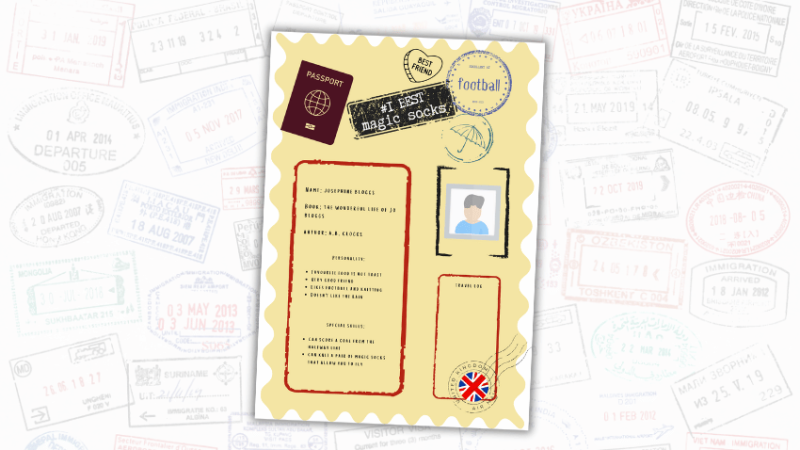8 ways to build better sentences
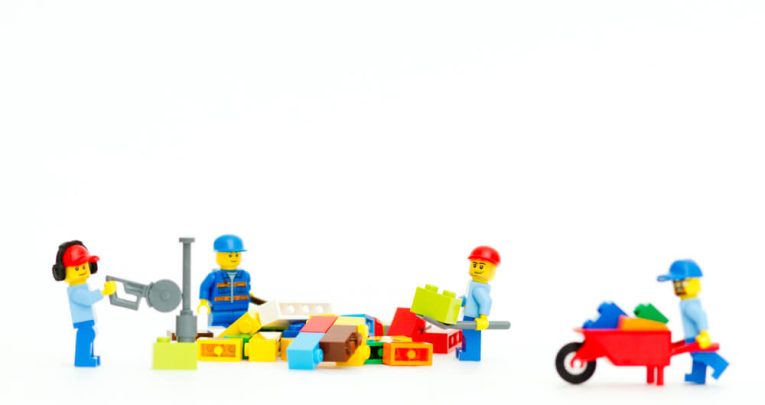
Give children’s writing an extra level of sophistication, with these great teaching ideas from Zoë and Timothy Paramour…
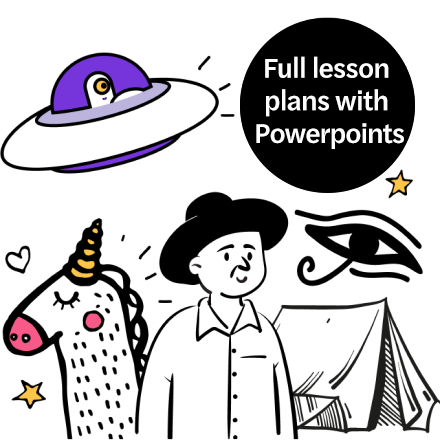
Phrases are the building blocks that make up sentences. Sort of like word LEGO(™). And who doesn’t love Lego?
We use the word ‘phrase’ informally to refer to any short example of language. ‘What a lovely turn of phrase,’ we might say, or ‘Let me rephrase this.’ Indeed, a phrase is a very useful unit of language for teaching children about editing and improving their writing.
In a sentence like ‘The cat sat on the mat’, I have the beginnings of three phrases, which I can expand infinitely: ‘My grandma’s ginger cat had sat down contentedly on the large, grey mat.’
By seeing the phrases in their sentences, and editing them one at a time, your pupils will be able to improve and enhance their own writing – saving you an awful lot of work!
According to the National Curriculum, phrases should be introduced in Year 2, starting with noun phrases. The other phrases covered in the following teaching ideas are all part of the current Key Stage 2 curriculum.
1 | Write a noun phrase
Create a set of noun cards – these could be linked to a topic you are studying, or children’s interests. Alternatively, there is a set available to download for free here.
Each child is to take a card, stick it in their book and come up with as many different noun phrases as they can for that noun. For example:
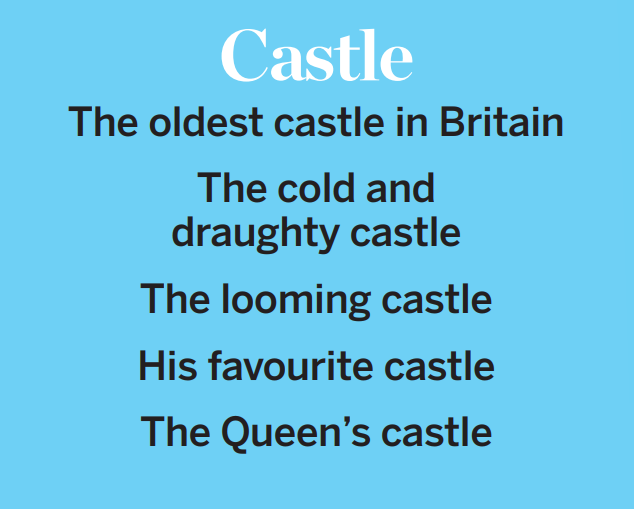
A full set of noun cards could be:
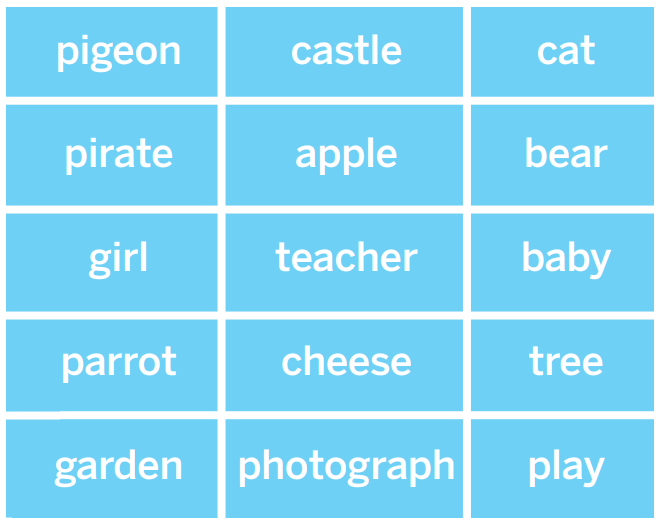
2 | Describe the picture
Show your class a variety of images and ask them to describe them to a partner. Then get them to choose one image to stick in their book to generate noun phrases about.
The website onceuponapicture.co.uk has an excellent collection of images for this activity in its ‘Character Collection’.
3 | How/when/where did they do it?
This is an activity for teaching adverbial phrases. Give out the following list of simple sentences and ask your class to add a relevant adverbial phrase to each one.
They can decide whether to put the phrase at the beginning or at the end of the sentence. Choose a few children to share their finished work and discuss the decisions they made.
- The dog dribbled.
- The rocket landed.
- I drove my car.
- She opened the door.
- He jumped over the hurdle.
- The llama licked its lips.
- They played a board game.
- We went out for dinner.
4 | Act it out!
Sit in a circle and choose a child to act out a hobby they enjoy. It could be anything: playing tennis, swimming, athletics. Ask the rest of the class to describe HOW they are doing the action, using an adverbial or prepositional phrase, eg ‘He is swimming in a cold pool.’
5 | Find the phrases
Use the model text below and agree on a class key for different types of phrases. Read it through and give your pupils time to highlight the different types of phrases.
Once pupils have identified them, challenge them to replace the original phrases with their own phrases. How does this change the meaning of the text?
Cautiously and carefully, Elizabeth shuffled across the marble floor. She knew she wasn’t supposed to be in the museum alone; her grandmother would be furious if she were to find out. Clutching the precious item and her grandmother’s walking stick, she tiptoed up the stairs. She had assumed nobody would miss this dull, tarnished pot. Most of the visitors to the museum hardly gave it a second glance. Surely, it would be better with somebody who would actually appreciate it? She continued up the cold, hard staircase, being careful not to make a sound. Once she reached the top, she breathed a sigh of relief. The office was just three metres away. Above the door hung the brass key to the office door. Her grandma put it up there so it was out of her reach. All she had to do was creep down the corridor, knock the key off the hook using the walking stick and her mission would be complete. She put her foot on the thick, green carpet, stepping as lightly as possible.
‘Elizabeth Alexandra Morris! What on EARTH do you think you are doing?’
6 | Prepositional phrase walk
Take a walk around the school grounds and document it with photographs. Back in the classroom, ask the class to recap the walk using prepositional phrases, eg ‘ We walked through the classroom door. Then we walked down the corridor.’
Alternatively, you could use the book Rosie’s Walk by Pat Hutchins (2009) and describe Rosie’s walk through the farm. Although this text is aimed at slightly younger children, it is full of prepositional phrases!
7 | Write your own
Use this process with your class to get them writing their own sentences, including prepositional phrases.
1. Write a simple sentence: The swimming pool was cold.
2. Add a prepositional phrase: The swimming pool was cold in the morning.
3. Add another prepositional phrase to the beginning of the sentence and add a comma: In the summer, the swimming pool was cold in the morning.
There is a template for this activity available to download here.
8 | Identify the verb phrases
There are a number of online quizzes on verb phrases (yes, really). This is a particularly good one for children in Years 5 and 6.
Put it up on the interactive whiteboard and get different pairs of children to come and identify the verb phrase in the sentence. Make sure you ask them how they know the answer as well as what the answer is!
These teaching ideas are taken from The Grammar Book, by Zoë and Timothy Paramour (Bloomsbury Education, £19.99).



